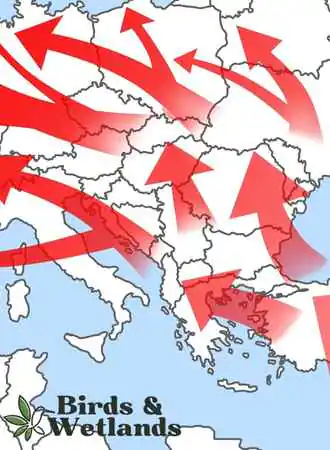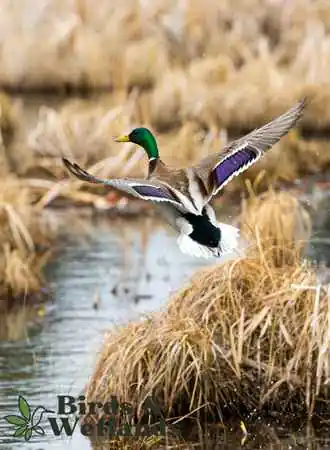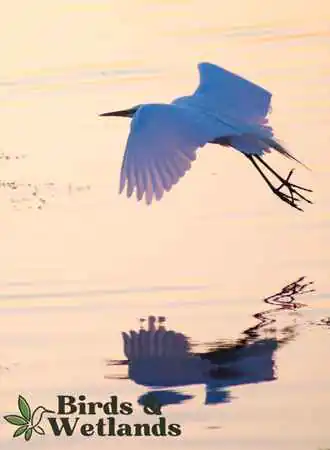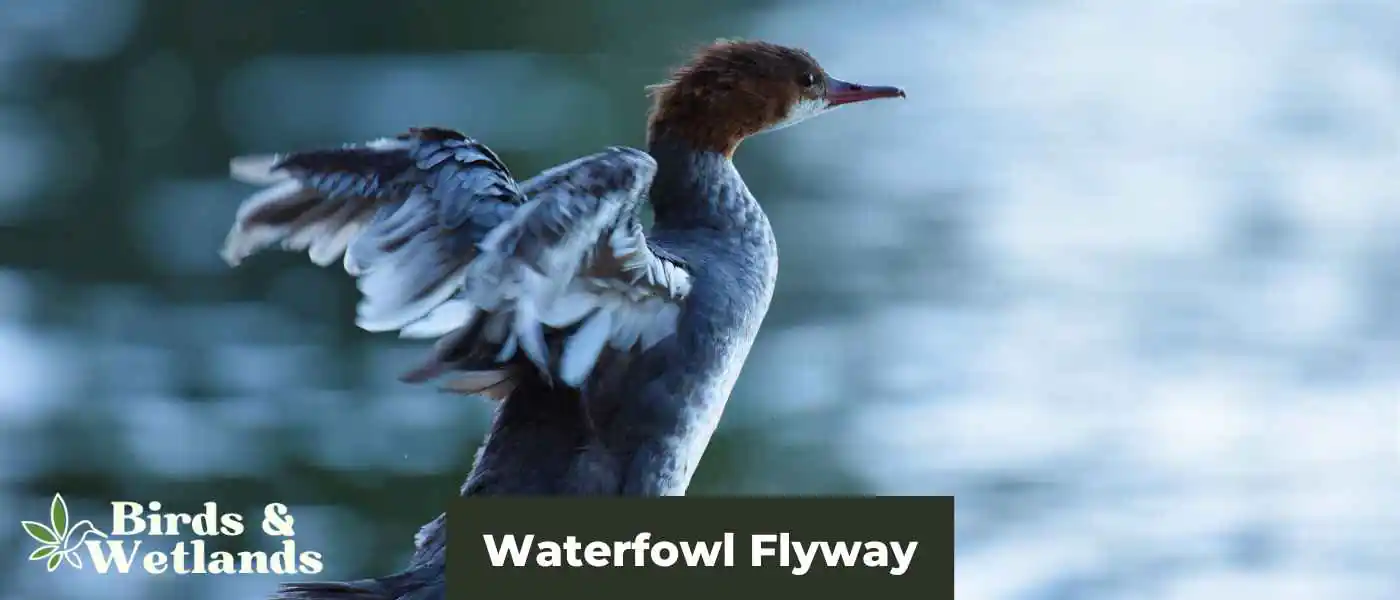A flyway is the best place to find waterfowl if you enjoy hunting or bird watching. Ducks, swans and geese utilize these well-traveled migration corridors on their migration routes.
In this blog post, we will examine flyways in greater detail and learn how they help most ducks, geese and swans find their way during their annual epic journey.
Key Points
A flyway is a well-traveled migration corridor utilized by waterfowl.
North America is home to four flyways: the Atlantic, Mississippi, Central, and Pacific.
Migratory birds fly in these flyways during their annual migration in the winter and spring.
What are the different waterfowl flyways in North America?
North America is home to a wide variety of waterfowl, including ducks, geese, and swans. These migratory birds migrate each year, following set routes known as flyways. For wildlife management purposes, North America is divided into four major flyways: the Atlantic Flyway, Mississippi River Flyway, Central Flyway, and Pacific Flyway. All four flyways are important for the conservation of waterfowl in North America which is managed by the U.S. Fish and Wildlife Service.

Atlantic Flyway
The Atlantic Flyway is a significant north-south migration route for waterfowl and other birds. It begins in Greenland, continues along the Atlantic Ocean and east coasts of Canada and the United States, and then continues south along the Atlantic Coast to the tropical regions of South America and the Caribbean. Major stopover locations include Maine, Maryland and Florida.

Mississippi Flyway
The Mississippi Flyway is a major North American bird migration route from Canada to the Gulf of Mexico along the Mississippi River and its tributaries. The flyway includes habitats such as boreal forests, temperate wetlands, and subtropical bayous. Millions of birds migrate through the Mississippi Flyway yearly between their summer breeding grounds and wintering grounds.
The flyway has many important stopover locations such as tributaries and rivers where migratory birds stop to rest and refuel. Some species may spend the entire season at these rest stops, but the majority continue to move on.
It is an important link in the global network of many birds, supporting a diverse range of species, such as shorebirds, songbirds, and raptors. This flyway is a major source of recreation and tourism revenue for the communities along its length and is an important ecological resource.
Central Flyway
The Central Flyway is a major bird migration route in the United States that runs from the Canadian Prairies to the Gulf of Mexico. The route generally follows the Great Plains, and a wide variety of bird species use it. The central section of the flyway, which runs through Nebraska’s Platte and Missouri River valleys, is especially important for migrating birds. This area is home to numerous bird species and provides excellent food, water, and cover.

Pacific Flyway
The Pacific Flyway is one of the most important migration routes in the Americas. The Flyway stretches from Alaska to Patagonia along North America’s Pacific coast, and any given bird species will travel roughly the same route yearly at nearly the same time.
Various factors, including weather patterns and daylight hours, influence the timing of these migrations.
Because of its predictability, this flyway on the west coast is a valuable resource for birds and those studying it. We can ensure that migratory birds have the resources they need to make a successful journey each year by better understanding the Flyway.
Do migratory birds stop during migration?
When temperatures begin to fall, birds know that it’s time for their annual journey. They travel from their habitat up north where they mate and breed to warmer climates in the south.
Migratory birds rarely fly from point A to point B. Instead, they make several stops along the way to rest and refuel. This is especially important for long-distance migrants who must travel thousands of miles. Although these birds’ stopovers are typically shorter, they still play an important role in the migration process.
Birds can regain strength and prepare for the next leg of their journey by resting and eating during these stopovers. In some cases, stopovers may also be used to wait out bad weather or find safe passage through dangerous areas. Stopovers allow migratory birds to rest and recharge, allowing them to complete their journey successfully.


